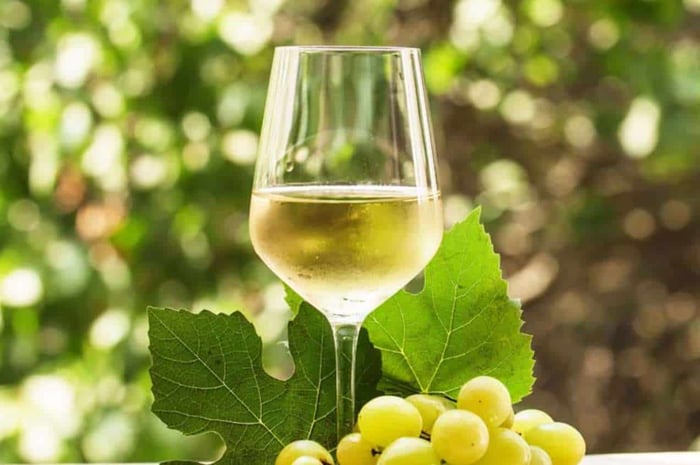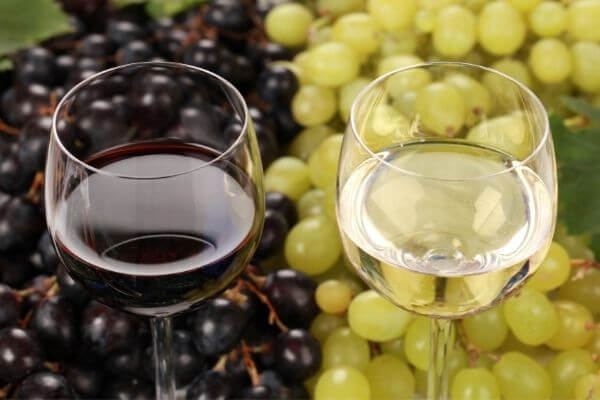What is Oaked Chardonnay?

When it comes to the world of wine, Chardonnay stands tall as one of the most celebrated and versatile grape varieties. However, within the realm of Chardonnay, there exists a fascinating duality - the oaked and unoaked expressions. Join us on a vinous journey as we uncork the nuances that distinguish Oaked Chardonnay from its counterpart, shedding light on the grapes, winemaking techniques, and the resulting flavor profiles.
The Grape
Chardonnay, a green-skinned grape, originated in the Burgundy region of France but has now spread its vines across the globe. Its adaptability to various climates and soils has made it a favorite among winemakers. Understanding the unique characteristics of this grape is crucial to appreciating the diversity found in Oaked and Unoaked Chardonnays.
Oaked Chardonnay
Oaked Chardonnay gets its distinct character from the aging process in oak barrels. The barrels impart flavors, aromas, and textures to the wine. Common descriptors include vanilla, butter, and a creamy mouthfeel. The toasty notes from oak integrate seamlessly with the inherent fruitiness of Chardonnay, creating a rich and complex profile. This style often exhibits a golden hue, signaling both its age and oak influence.
Winemakers may choose American or French oak barrels, each contributing unique nuances. The choice of oak, along with the duration of aging, allows for a spectrum of Oaked Chardonnay styles, from lightly oaked to heavily buttery and robust.
Unoaked Chardonnay
On the other side of the spectrum, Unoaked Chardonnay is a purer expression of the grape's natural characteristics. Without the influence of oak, the fruit flavors shine through more vibrantly. Expect crisp acidity, refreshing citrus notes, and a lighter, often more mineral-driven profile. Unoaked Chardonnay tends to be lighter in color, showcasing the grape's inherent freshness.
Winemakers opting for stainless steel or concrete tanks instead of barrels preserve the grape's natural acidity and maintain a fruit-forward, unadulterated profile. This style is gaining popularity for its ability to showcase the grape's terroir and the winemaker's finesse in crafting a clean and expressive wine.
In the world of Chardonnay, the choice between Oaked and Unoaked is a matter of personal preference. Whether you appreciate the opulence and complexity of Oaked Chardonnay or the purity and vibrancy of Unoaked Chardonnay, both styles offer a delightful exploration of this versatile grape. The next time you reach for a bottle of Chardonnay, consider the aging process and embrace the diversity within this iconic varietal. Cheers to the multifaceted world of Chardonnay!




